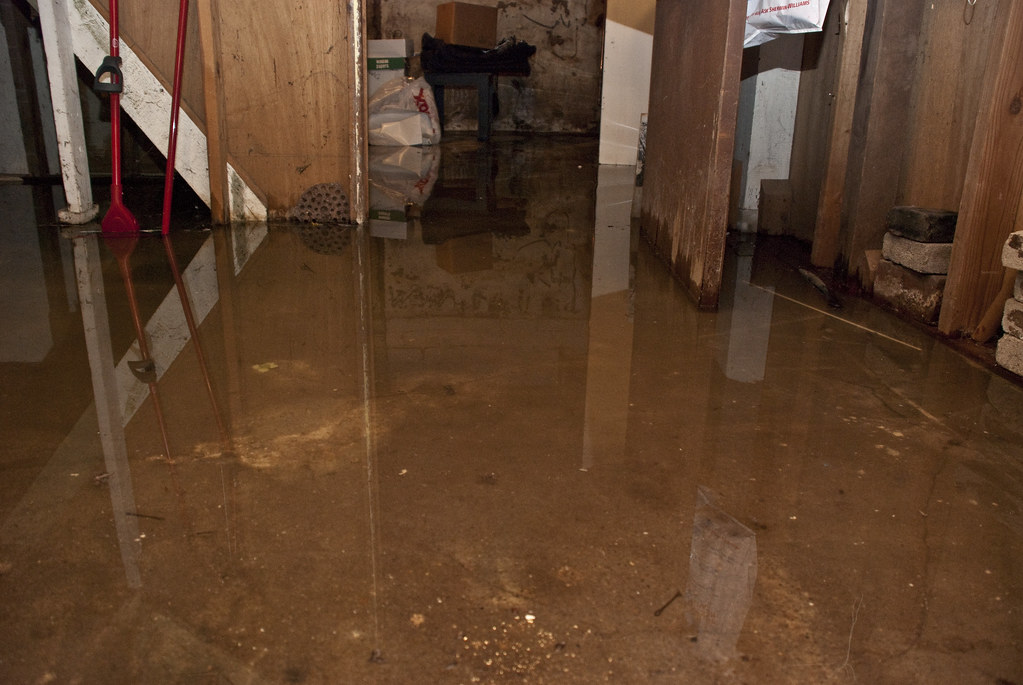What is a non-conformance?
A non-conformance means that something is wrong. A problem occurred and needs to be addressed. Non-conformances can be simple or complex; it depends on the type and scope of the problem you need to solve.
Example 1
Your basement has water in it. That is a non-conformance. The basement is not supposed to have water in it. It’s not an indoor swimming pool! There's a non-conformance in the basement. A repair or correction is the action or actions you need to take to fix what went wrong. In this case, the correction is to pump the water out of the basement.

A containment is the plan you take to minimize the impact of a non-conformance. In this example, you want to save your valuable items stored in the basement to higher ground, out of the water.
You may want to perform a root cause analysis. Using the water in the basement example, the root cause analysis is finding out how the water got into the basement. If you determine the root cause, you may decide on a corrective action. A corrective action is the plan or plans you take to eliminate the root cause of a non-conformance. (The corrective action may require more than one plan because there may be more than one corrective action to resolve the root cause.) In this example, the corrective action is to fix the leak where the water is coming into the basement.
As a result of a root cause analysis, you may also want a preventive action. A preventive action is the plan or plans you take to eliminate the cause of a potential non-conformance (one that hasn’t occurred yet). In this example, you fixed the original leak, but how do you prevent water from coming into your basement from somewhere else in the basement? Maybe your preventive action is to look for other leaks. This time there was just one leak and you corrected it, but now you want to take steps to keep water out of the basement for good.
Finally, you may decide to do an effectiveness check. Effectiveness checks determine if corrective and/or preventive action plans were effective. In this example, is the basement still dry after the next big rainstorm or six months from when you had water in the basement?
Example 2
A non-conformance is identified on the factory floor when a single unit is found to be defective. The non-conformance is verified, documented, an action plan is created, and a disposition decision is made to do a repair as the corrective action. In this example, there is no corrective or preventive action, and no containment plan because the non-conformance affects only one unit.
Example 3
A piece of or a material purchased from a vendor arrives and it is defective. You decide to scrap it. Your containment plan is simply to throw away the defective material.
